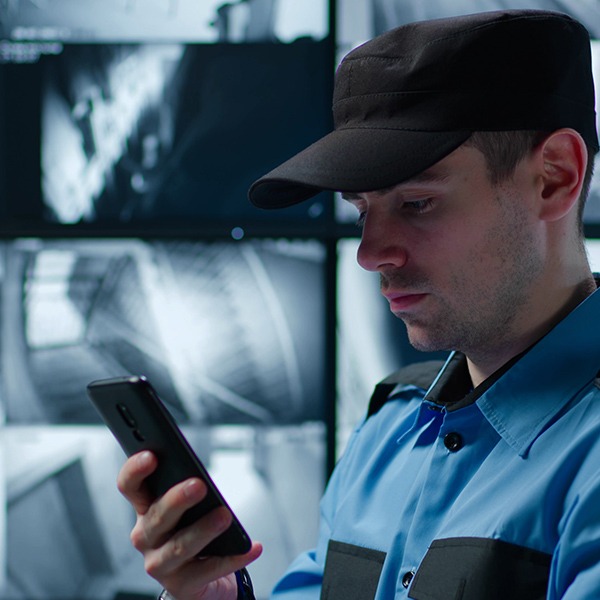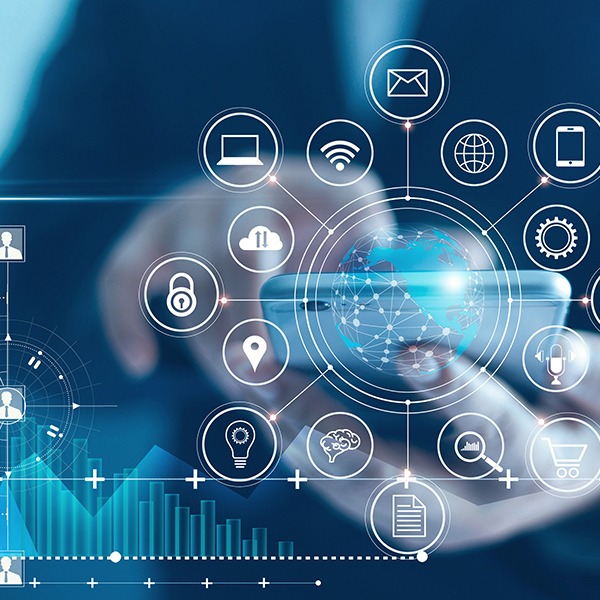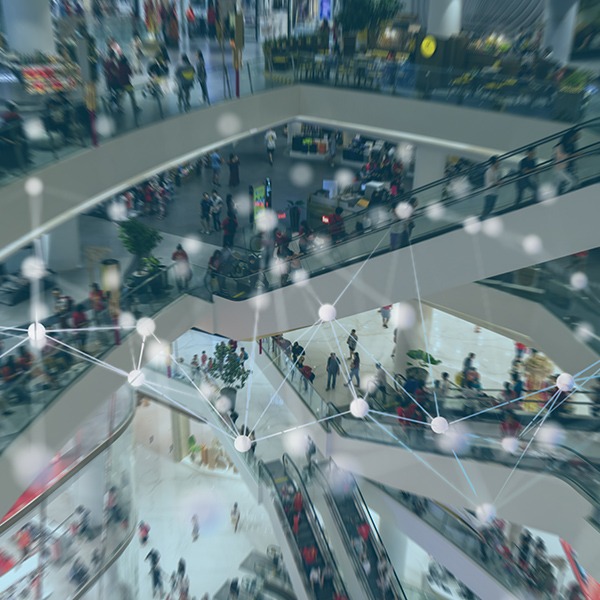Retail Industry
Introduction
Retailers have increasing problems with theft, anti-social behaviour, threats and violence to staff and customers. Retailers know that a safer, more pleasant shopping environment is conducive to increased profitable business and the prevention of theft will reduce costly losses. We are able to offer a range of solutions: some involve face recognition, but, in the case of our technology, without the ethical drawbacks that have beset other providers. We can even offer a solution that avoids using real-time face recognition and we can offer a combination of solutions to improve accuracy and avoid false positives. For more information, please click here.
Our technology can be used to measure footfall in retail establishments and shopping malls. This can provide useful information that allows retail operators to organise staffing to meet likely needs. We are working on being able to produce further statistical information such as age groups, gender and outward signs of wealth. We can also provide data on those areas of retail premises that attract the most attention from customers.





Retail Premises
We are able to offer a range of solutions: some involve face recognition, but, in the case of our technology, without the ethical drawbacks that have beset other providers. We can offer a solution that avoids using real-time face recognition and we can offer a combination of solutions to improve accuracy and avoid false positives.
Our facial recognition, one of our core products, is ethical. While nearly all other providers of this technology have 'scraped' images from social media, prison records and other easily accessed sources, we have created artificial faces with self-learning algorithms. All facial recognition systems need a massive database of millions of images. We have overcome the ethical objections by creating synthetic images rather than copying real human images, using our self-learning algorithms. This helps greatly to avoid inherent bias which is another criticism of many systems.
In a large retail shop, for example, it should be remembered that the customers are not cooperating in the same way as occurs in an electronic passport booth. In the latter case, the individual is standing still, with no head covering or mask and looking straight at the camera under a bright light. People entering a shop may be wearing hoods, masks and looking down at their trolleys, 'phones and children. They are moving and the lighting conditions may change with the time of day. This is a much more difficult environment than a passport booth. The chances of poor identification and false positives are much higher.
We have developed our other principal technology, Artemis, to assist in verifying identifications made by our face-recognition technology. In this way false positives are reduced, and the reliability of an identification is substantially enhanced.
Although there is a great deal of negative publicity surrounding real-time face recognition, CCTV has now been in use for such a long time that it is no longer controversial. We can couple a store's CCTV to Artemis and provide an effective deterrent to shoplifting without using real-time face recognition. By these means, we can rapidly identify to store security when a Person of Interest (PoI) enters a store so that he can be approached and closely surveyed by a member of security while he is in the store. This nearly always has the deterrent effect of encouraging the PoI to leave the store and to go elsewhere. In short, we can offer three main alternatives: real-time face recognition and alerts for PoIs; real-time face recognition coupled with Artemis to provide more reliable data; and CCTV coupled with Artemis to provide alerts for PoIs.
We provide both the hardware and the software to operate our systems. Cameras and CCTV systems would normally be in place before we become involved. We do need cameras to meet certain minimum criteria, which may, in some cases, require one or two cameras to have a higher specification than existing CCTV cameras, depending on the capability of those cameras. Power supply is generally not a problem as our equipment uses very low power consumption and the mains power is passed through a suitable voltage reduction device, similar to the power source for a laptop computer. Data can be transmitted by a SIM data card installed in our hardware.
Our systems are cost-effective and repay the cost many times over.